I am trying to use a custom made header for a view and the child views of the ScrollView seem to ignore the shadow and go over top of it. Is there a simple fix or should I set up the all the Views in a different way?
I have tried rearranging the order of the views and using ZStack instead of VStack, but then I have to deal with spacing issues revolving around the top of the ScrollView being covered by the header. I have also tried rearranging the order of modifiers, but I am clearly missing something.
import SwiftUI
struct Test: View {
var body: some View {
NavigationView {
GeometryReader { proxy in
let safeAreaTop = proxy.safeAreaInsets.top
let deviceWidth = proxy.size.width
VStack(spacing: 0) {
HeaderView()
.padding(.top, safeAreaTop)
.background(Color.white)
.shadow(color: .black.opacity(0.1), radius: 5, x: 0, y: 5)
ScrollView(.vertical, showsIndicators: false) {
VStack(spacing: 0) {
Text("Title")
ForEach(0..<12, id: \.self) { index in
RoundedRectangle(cornerRadius: 20, style: .continuous)
.fill(Color.white)
.frame(width: deviceWidth / 1.5, height: 200)
.shadow(color: .black.opacity(0.3), radius: 5, x: 0, y: 5)
}
}
Spacer(minLength: 0)
}
}
}
}
}
@ViewBuilder
func HeaderView() -> some View {
VStack {
HStack {
ForEach(0..<5, id: \.self) { index in
Spacer()
Text("Tab\(index)")
Spacer()
}
}
.padding(.horizontal)
}
}
}
